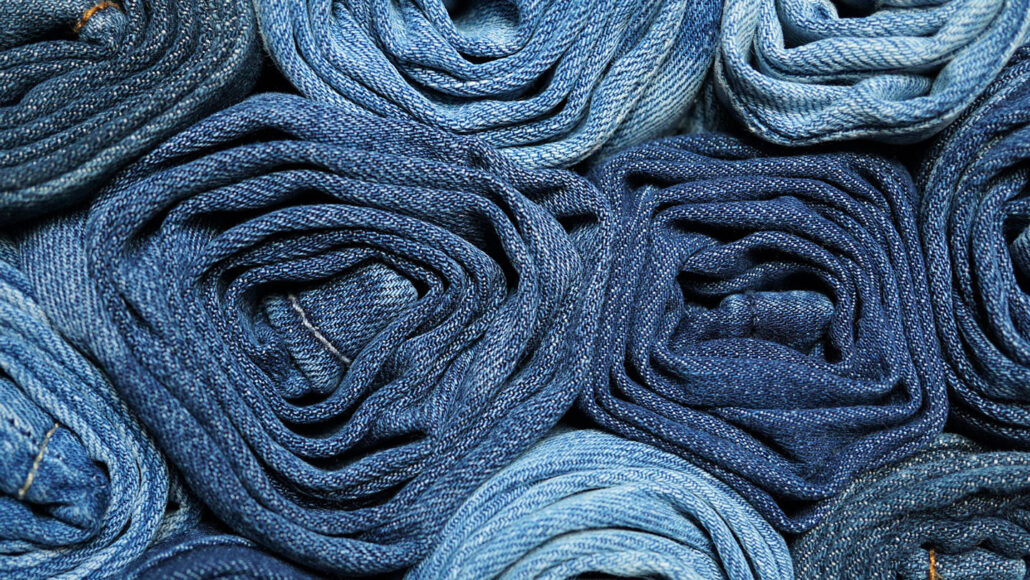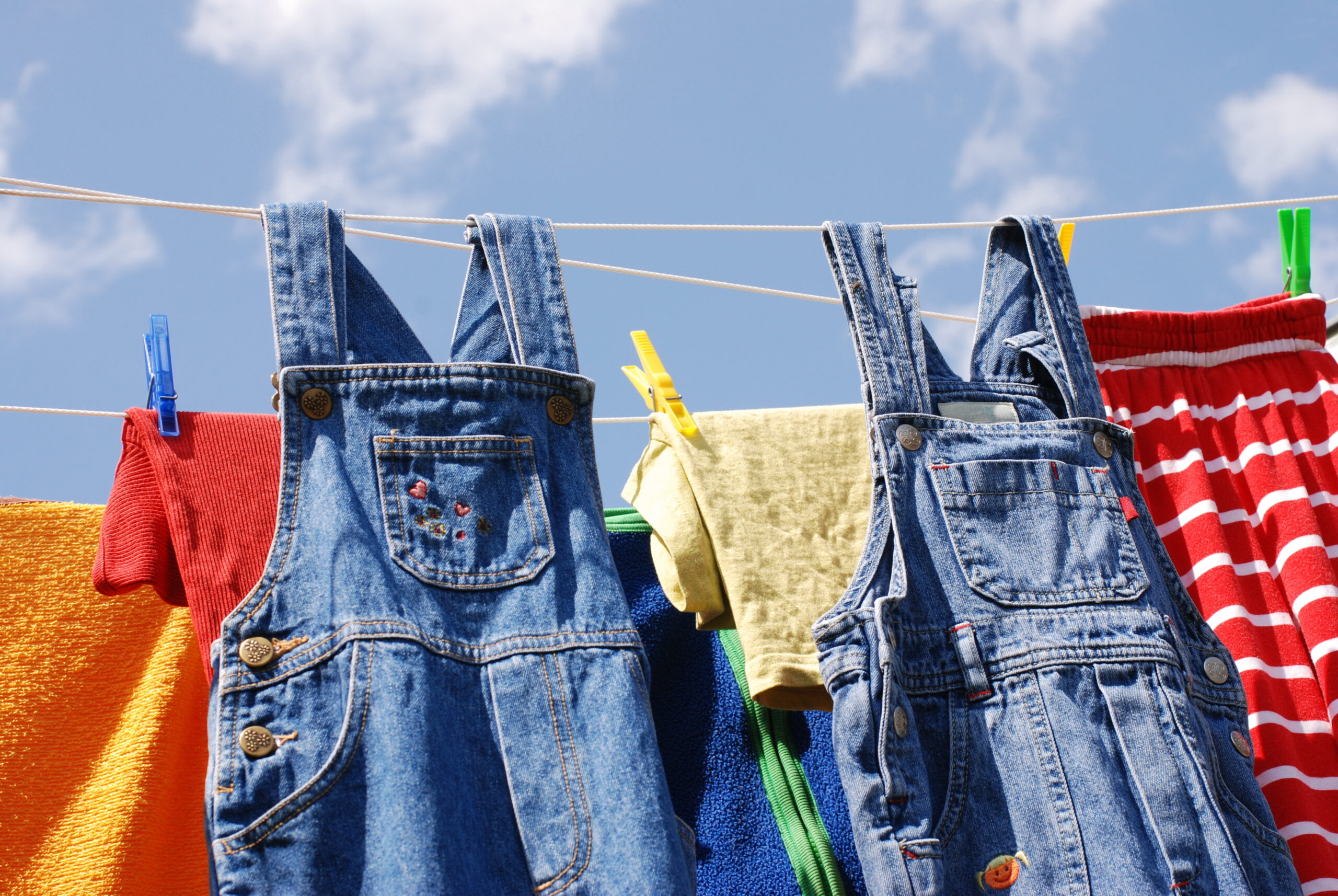
Making jeans takes a toll on the environment. Dyeing denim its signature blue guzzles water and uses toxic chemicals. But a new technology could lower the cost of blue denim and pollute less. The trick: Add an all-natural plant-based chemical to the dye. It’s known as nanocellulose.
“Our research was dedicated [to finding] sustainable technologies for better processing of textiles,” says Smriti Rai. She’s a textile researcher at the University of Georgia in Athens. Her team showed nanocellulose can cut water and chemical consumption during dyeing. They shared the details in the October 21 issue of Green Chemistry.
Jeans’ blue color comes from a pigment known as indigo. Indigo does not dissolve in water. Textile makers must treat indigo with harsh chemicals to make it soluble. Then, they dip denim in a vat of this solution. But even now the dissolved indigo doesn’t want to stick. It takes multiple dips to turn the cloth blue.
All of this pigment-treated water is also full of hazardous chemicals. Many of these pollutants may not be removed by water-treatment plants. Later, when that treated water is released into the environment, it can pollute waterways.
But the team’s innovative new dyeing technique “totally eliminated this chemistry,” says Rai. “We just mixed [solid] indigo particles with nanocellulose.” No toxic chemicals needed.
Making dye stick to fibers better
Cellulose is a tough organic polymer found in plants cells and wood. It’s also the material that makes up paper. Nanocellulose consists of the same fibers, only on a billionth-of-a-meter scale. They’re shaped like eyelashes, but only a thousandth their size.
To give denim its blue hue, the researchers add indigo powder to a hydrogel containing a small amount of nanocellulose. Hydrogels are a type of polymer that absorbs water. The researchers make theirs just runny enough to smear onto denim. Then they screen-printed the colored goo onto the fabric (see video). This step does away with need for a vat of dye. It also eliminates all but maybe 3 or 4 percent of the water needed for dyeing.
Those nanocellulose rods form a mesh that traps the dye molecules. The mesh also has a large surface area. At the nanoscale, its tiny bumps and ridges collectively add up to more surface area than the bare denim had to start with. So more dye will stick to fabric coated with nanocellulose. And more dye means a deeper blue.
“Because of the very high surface area, we can use less chemicals” to get the same shade, says Sergiy Minko. He’s a University of Georgia chemist who works with Rai. Denin absorbed more indigo in one pass with the new dye than it would have picked up after being dipped in the traditional vat of dye eight times.
But the hydrogel coating swells and unravels when it gets wet again, such as in the wash. This may cause the mesh to release some dye. That would cause the fabric to fade. To avoid this, the researchers treat their colored cloth with chitosan (KY-toh-san). It’s a chemical byproduct of food-industry wastes. (It come from shrimp or crab shells.) Chitosan strengthens nanocellulose by reinforcing the contact points between individual fibers. It also helps nanocellulose glom onto the cotton used to make denim. So chitosan-treated fabric can hold its hue through far more washings.
Eco-friendlier
Nanocellulose and chitosan come from an all-natural materials. Indigo dye can, too. But long ago chemists figured out how to create a low-cost synthetic version, and that’s what most denim-producers now use. The new dyeing process works with both natural and synthetic indigo. The researchers would like to see more people use the natural dye.
Nanocellulose means the new dye process needs less dye, water and labor, Rai’s team says. Minko and Rai hope that this will motivate jeans makers to use natural indigo again. It would also give consumers the chance to opt for more environmentally sustainable fashion. “This cultural aspect is important,” says Minko.

The dyeing process is “a wonderful potential technological advancement,” says Robert O. Vos. He’s an industrial ecologist who works at the University of Southern California. It’s in Los Angeles. Denim fashions are popular the world over. So any advance in denim-making could have a large positive impact on fashion’s environmental footprint, he says. He predicts companies will be eager to adopt the new dye technology.
However, he points out, the denim-making step that uses the most water isn’t dyeing. It’s growing the cotton itself. So even with this innovation, he argues, making jeans will still require a lot of water.
Vos, Rai and Minko are all fans of jeans. They appreciate their comfort and durability. But ultimately, Vos says, owning fewer jeans would be the greenest option of all. Buy only as many pairs of you need, he says. And wash them less often. Treat these jeans, he says, like the hardy garments they are.
[“source=sciencenewsforstudents”]

